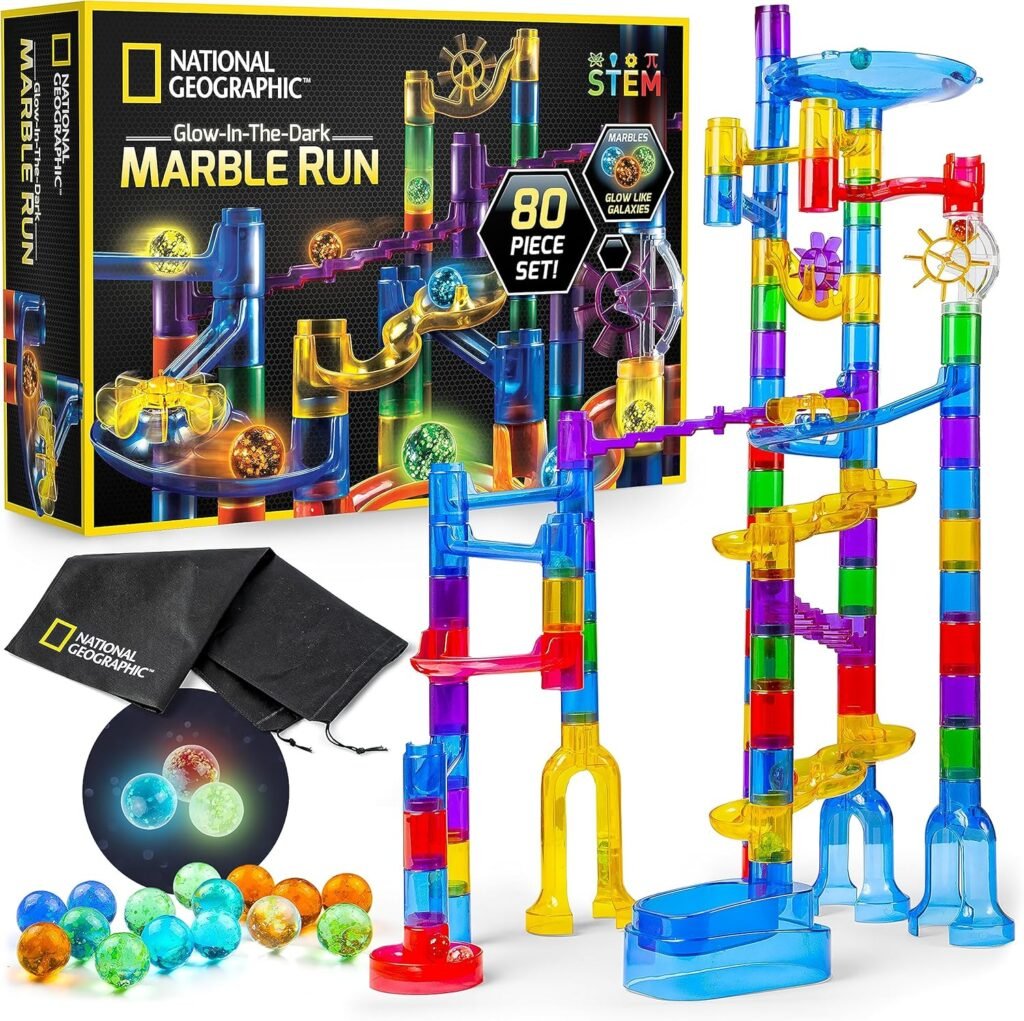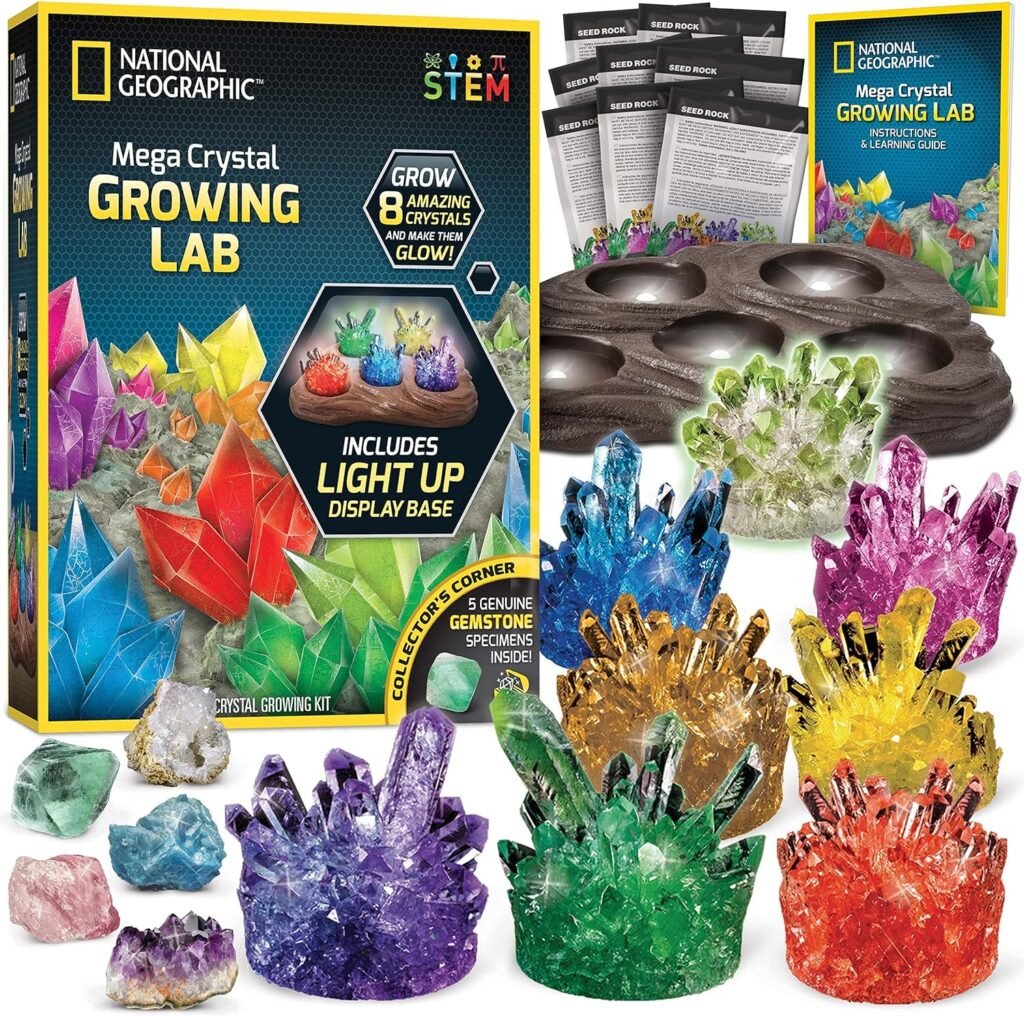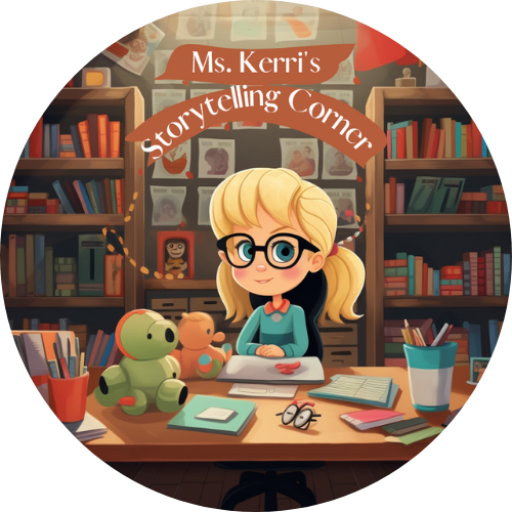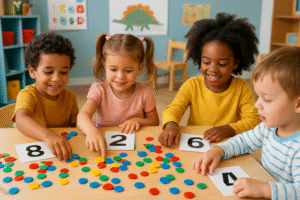Teaching kids to identify numbers can be a challenge, especially for those who are reluctant learners. But don’t worry! There are plenty of fun and interactive ways to make learning numbers enjoyable. By using music, movement, hands-on activities, and games, you can help children engage with numbers in a way that feels natural and exciting. Here are some creative ideas to get started!
Key Takeaways
- Incorporate songs and dances to make learning numbers lively and fun.
- Hands-on activities like scavenger hunts help kids connect with numbers in real-world contexts.
- Technology can be a great ally; use apps and games designed for number learning.
- Games like ‘Guess the Number’ can make learning competitive and engaging.
- Group activities encourage teamwork and make learning numbers a social experience.
Incorporating Music And Movement

Music and movement? Sounds like a party, right? Well, it can be a learning party! For some kids, sitting still and focusing on numbers is like asking them to sit on a tack. But, get them moving, get them singing, and suddenly, math isn’t so scary.
Use Songs To Teach Numbers
Songs are super effective because they stick in your head. Think about it: how many commercial jingles do you still remember from your childhood? Same principle applies here. There are tons of number songs out there, from the classic “One, Two, Buckle My Shoe” to more modern tunes. The key is repetition and rhythm. Find songs that count up, count down, or even teach simple addition and subtraction. Don’t be afraid to get silly with it! Make up your own verses, change the words, and have fun.
Create Dance Routines For Counting
Okay, maybe you’re not a choreographer, and that’s fine! The point isn’t to create a professional dance routine; it’s to associate movement with numbers. For example:
- Clap your hands a certain number of times.
- Stomp your feet.
- Do jumping jacks.
- Twirl around.
You can call out a number, and the kids have to do that many of the assigned movement. It’s a great way to burn off some energy while learning.
Integrate Rhythm Into Math Lessons
Rhythm isn’t just for music; it’s a fundamental part of math too! Think about patterns. Patterns are all about rhythm. Use clapping, drumming, or even just tapping on a table to create rhythmic patterns that represent numbers or mathematical concepts. For instance, tap out a pattern like “tap-tap, tap-tap-tap” to represent 2 + 3. You can even use different instruments or sounds to represent different numbers. It’s all about making math a multi-sensory experience.
Incorporating music and movement into math lessons can transform learning from a chore into an enjoyable activity. It caters to different learning styles and helps kids develop a positive association with numbers.

Engaging Hands-On Activities
Sometimes, the best way to get through to a reluctant learner is to ditch the textbook and get those hands moving! Hands-on activities can transform abstract number concepts into something tangible and fun. It’s all about making learning an experience, not just a task. I’ve seen kids who normally zone out during math class suddenly light up when they’re building, sorting, or exploring with real objects. It’s like unlocking a secret door to their understanding.
Create A Number Scavenger Hunt
Turn your learning space into an adventure zone! Hide numbered objects around the room and have the kids find them in order. You can make it even more exciting by adding clues that involve simple math problems. For example, “Find the number that is two more than five.” This gets them moving, thinking, and associating numbers with real-world items. It’s a great way to make math scavenger hunts engaging and memorable.
Get Hands-On With Counting Objects
Forget worksheets! Gather everyday objects like toys, snacks, or even pebbles. Have the kids count them, group them, and compare quantities. This simple activity helps them develop a concrete understanding of number values and relationships. You can also use this to introduce basic addition and subtraction. “If we have five apples and eat two, how many are left?” It’s amazing how much easier math becomes when it’s tied to something they can see and touch.
Use Manipulatives For Learning
Manipulatives are physical objects designed to help students understand math concepts. Think of things like base ten blocks, counting bears, or even just colorful buttons. These tools allow kids to visualize and manipulate numbers, making abstract ideas more concrete. For instance, you can use base 10 blocks to teach place value or fraction bars to explain fractions. It’s all about providing a visual and tactile representation of mathematical concepts.
Hands-on activities are not just about making learning fun; they’re about building a solid foundation of understanding. By engaging multiple senses, these activities help reluctant learners connect with numbers in a way that traditional methods often fail to achieve. It’s about turning math from a chore into an exploration.
Utilizing Technology For Learning

Technology offers some fantastic ways to help kids who struggle with numbers. It’s not just about replacing traditional methods, but supplementing them with tools that can make learning more engaging and accessible. Let’s look at some specific ways to use tech to reinforce number skills.
Explore Interactive Apps And Games
Interactive apps and games can transform number learning from a chore into a fun activity. There are tons of options out there, covering everything from basic counting to more complex concepts. The key is to find apps that are age-appropriate, visually appealing, and offer a good balance of entertainment and education. Many apps also provide personalized learning paths, adapting to the child’s pace and skill level. This can be a huge confidence booster for reluctant learners.
Incorporate Online Learning Tools
Online learning tools aren’t just for formal education; they can be a great resource for reinforcing number skills at home too. Many websites offer free worksheets, interactive exercises, and even virtual tutoring sessions. These tools can provide a structured learning environment and help kids practice specific skills they’re struggling with. Plus, the online format can be less intimidating than traditional classroom settings for some children.
Use Educational Videos For Number Concepts
Educational videos can be a powerful way to explain number concepts in a clear and engaging way. Instead of just reading about fractions, for example, kids can watch a video that visually demonstrates how they work. Many videos also use humor and storytelling to make the learning process more enjoyable. YouTube is full of channels dedicated to math education, so there’s plenty to choose from. Just make sure to preview the videos first to ensure they’re appropriate for your child’s age and learning level.
Using technology to teach numbers can be a game-changer. It provides a different way to engage with the material, making it more accessible and fun. The key is to find the right tools and resources that fit your child’s individual needs and learning style.
Fun Games To Reinforce Number Skills

Play Guess The Number
This is a super simple game that can really help kids with their number sense. One person thinks of a number, and the others have to guess it by asking yes or no questions. It’s great for practicing estimation and understanding number ranges. You can adjust the range of numbers depending on the child’s skill level. Start with 1-10, then move to 1-20, and so on.
Incorporate Board Games
Board games are awesome for sneaking in some math practice without kids even realizing it. Simple games like Chutes and Ladders or Candy Land help with counting skills as players move along the board. Even games like Monopoly Jr. can introduce basic money concepts. It’s all about making learning fun and engaging.
Use Card Games For Number Recognition
Card games are another fantastic way to reinforce number skills. Go Fish can be adapted to focus on matching numbers, and War is great for comparing values. For older kids, games like Cribbage involve scoring and strategy, which can help with mental math. Plus, card games are portable and can be played anywhere.
Playing games is a great way to make learning numbers feel less like work and more like fun. It’s all about creating positive associations with math and building confidence in their abilities.
Storytelling To Teach Numbers

Create Number Stories With Characters
One way to make numbers less abstract is to weave them into engaging stories. Think about creating characters who represent different numbers or quantities. For example, you could have ‘One-Eyed Ollie’ who always travels alone, or the ‘Triple Threat Trio’ who always come in groups of three. The more creative and silly the story, the more memorable the numbers will become. This approach helps kids connect with the numbers on a personal level, making learning more fun and less like a chore.
Use Visual Aids In Storytelling
Visual aids can really bring your number stories to life. Instead of just telling a story about five apples, show five apples. You can use drawings, puppets, or even real objects to illustrate the numbers in your story. This is especially helpful for visual learners who benefit from seeing the numbers represented in a tangible way. Consider using a whiteboard or large paper to draw out the story as you tell it, adding numbers and characters as you go. This keeps kids engaged and helps them visualize the numerical concepts.
Incorporate Real-Life Scenarios
Making numbers relevant to everyday situations is key. Instead of just reciting numbers, create stories that involve real-life scenarios where numbers are used. For example, tell a story about a trip to the grocery store where the characters need to count out money to buy items, or a story about baking cookies where they need to measure ingredients.
By connecting numbers to familiar situations, you help kids understand the practical application of math and see how it’s used in the world around them. This makes learning numbers more meaningful and less like an abstract concept.
Building Number Sense Through Estimation
Estimation is a super important skill that often gets overlooked. It’s not just about guessing; it’s about understanding numbers and their relationships. When kids develop good number sense, they can quickly and easily tell if an answer is reasonable or way off. It’s like having a built-in error detector! This skill is foundational for all future math learning.
Use Estimation Jars For Practice
Estimation jars are a classic for a reason. Grab a clear jar and fill it with something like buttons, beads, or even small candies. Have the kids guess how many items are in the jar. The key is to encourage them to explain their reasoning. Don’t just accept a number; ask them why they think that’s the right amount. For example, they might say, “I see about ten on the bottom, and it looks like there are five layers, so maybe 50?” This helps them connect visual quantity with numerical values. You can even incorporate place value activities to help them better understand the quantities.
Incorporate Estimation In Daily Activities
Estimation doesn’t have to be confined to math class. Look for opportunities to use it throughout the day. For example:
- When you’re cooking, ask, “About how many carrots should we add to the soup?”
- Before a trip, ask, “About how long do you think it will take to get there?”
- When reading a book, ask, “About how many pages do you think are left in this chapter?”
These little moments add up and help kids see that estimation is a useful skill in real life.
Estimation is more than just guessing. It’s about using what you know about numbers to make reasonable predictions. It helps kids develop a feel for numbers and their relationships, which is essential for mathematical fluency.
Play Estimation Games
Games make learning fun, and there are tons of estimation games you can play. One simple game is to show kids a group of objects for a few seconds and then cover them up. Have them estimate how many there were. Another option is to use a number line and have them estimate where a particular number would fall. You can also play “higher or lower” with estimations. The possibilities are endless! The goal is to make practicing estimation engaging and enjoyable.
Encouraging Group Activities
Sometimes, the best way to get reluctant learners engaged is to make it a team effort. There’s something about working together that can make even the most hesitant student forget they’re doing math! Plus, it’s a great way to build social skills and encourage communication.
Organize Group Counting Challenges
Turn counting into a competition! Divide the class into smaller groups and give them a counting task. It could be anything from counting objects in the classroom to estimating the number of candies in a jar. The team with the most accurate count wins a small prize. This encourages teamwork and makes counting fun. You can even use nature to work on math skills.
Create Team-Based Math Games
Think beyond worksheets! Design math games that require collaboration. One idea is to create a math-themed escape room where students have to solve problems to unlock clues. Another option is math bingo, but instead of calling out numbers, call out math problems. Students solve the problems to mark their cards. Team-based games can really boost engagement and make learning feel less like work.
Facilitate Collaborative Learning Projects
Give students a bigger project that requires them to work together and apply their number skills. For example, they could plan a class party, calculating the amount of food needed, the cost of decorations, and the number of party favors. Or, they could design a miniature city, using measurements and scale to create buildings and streets.

Collaborative projects allow students to see the real-world applications of math and develop problem-solving skills. It also helps them learn to communicate effectively and work together towards a common goal. This approach can be particularly effective for students who struggle with traditional math instruction.
Here are some ideas for collaborative projects:
- Building towers with blocks.
- Play store.
- Math Escapes.
Wrapping It Up
In conclusion, making numbers fun for kids who struggle with learning is really important. By using games, music, and hands-on activities, we can help them feel more comfortable with numbers. It’s all about finding what clicks for each child. Whether it’s a scavenger hunt or a simple board game, these activities can turn math into something they enjoy. The goal is to build their confidence and skills so they can tackle math with a smile. So, give these ideas a try and watch as your little learners start to shine!
Frequently Asked Questions
What are some fun ways to teach numbers to kids?
You can use music and movement, hands-on activities, technology, games, storytelling, and group challenges to make learning numbers enjoyable.
How can music help with learning numbers?
Songs that focus on counting or numbers can make lessons more engaging. You can create movements or dances to go along with the songs.
What is a number scavenger hunt?
It’s a game where you hide pieces of paper with numbers around a room and let kids find them. After finding all the numbers, they can count them.
Are there any good apps for learning numbers?
Yes, there are many interactive apps and games designed for kids to learn about numbers, such as Numberjacks and Counting with LeVar.
How can storytelling help teach numbers?
You can create fun stories that include numbers and characters, using visual aids to help kids understand the concepts better.
What are estimation jars?
Estimation jars are containers filled with small objects where kids guess how many items are inside. This helps them practice their estimation skills.


Ms. Kerri’s Corner provides a exciting virtual space for preschool learning. Through a variety of engaging activities, she exposes young minds to early math, literacy, science and social-emotional skills in a developmentally appropriate way. Centers for blocks, art, books and music allow children to explore hands-on learning at their own pace. Guided lessons subtly introduce number sense, letter sounds and narrative thinking. Careful observation gives insight into each child’s progress across domains. Viewers are also invited to participate, reinforcing that their ideas are valued. By making learning fun yet purposeful, Ms. Kerri lays the groundwork for future academic success while fostering creativity and imagination. Her program offers preschoolers valuable screen-based learning experiences.




